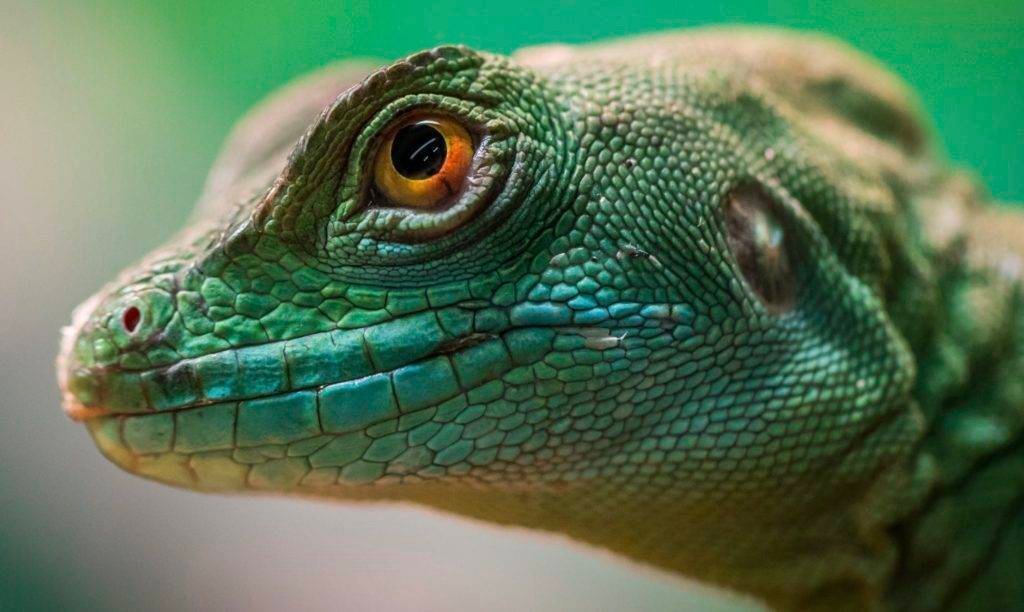Leopard geckos are beautiful and docile reptiles that make wonderful pets. To ensure your gecko lives a long and healthy life, providing a diet that mimics what they would eat in the wild is essential. A proper feeding plan is the cornerstone of good health, affecting everything from their immune system to their vibrant skin color. This guide will walk you through exactly what, when, and how to feed your pet for optimal well-being.
Understanding the Carnivorous Nature of Leopard Geckos
Unlike some reptiles that enjoy a mix of plants and protein, leopard geckos are strict carnivores, or more specifically, insectivores. Their digestive systems are not designed to process plant matter like fruits or leafy greens. In their native desert habitats of Southern Asia, their diet consists entirely of insects and other small invertebrates.
Providing the wrong type of food can lead to serious digestive problems and a weakened immune system. The most important rule is to feed your leopard gecko a variety of live insects. Many geckos have a strong hunting instinct and may refuse to eat dead or freeze-dried insects. Live prey provides both nutrition and essential mental stimulation.
How Often Should You Feed Your Leopard Gecko?
The frequency of feeding depends entirely on your gecko’s age. A growing baby gecko has high energy and nutritional needs, so they must be fed every single day. As they mature, their metabolism slows down, and their growth rate decreases.
Once your leopard gecko reaches adulthood, which is typically around one year of age, you should switch to feeding them every other day. Some very large adults may even do well with a feeding every three days. Overfeeding is a common problem and can lead to obesity and related health issues. Monitoring your gecko’s body condition is key to finding the perfect schedule.
Getting the Portion Size Just Right
Knowing what to feed is only half the battle; you also need to know how much. A good general rule is to offer as many insects as your gecko will eagerly eat within a 10-15 minute period. Another popular method is to base the quantity on their body length.
For example, if you are feeding them dubia roaches, you can offer two roaches for every inch of your gecko’s length. So, a five-inch-long gecko could be fed about ten appropriately sized roaches. Always ensure the feeder insects are no larger than the space between your gecko’s eyes to prevent choking.
| Gecko Age | Feeding Frequency | Recommended Portion Size (Example) |
|---|---|---|
| Hatchling (0-4 Months) | Daily | 5-7 small crickets or roaches |
| Juvenile (4-12 Months) | Daily or Every Other Day | 7-10 medium insects |
| Adult (1+ Year) | Every 2-3 Days | 10-12 large insects |
What are the Best Feeder Insects for Leopard Geckos?
Variety is key to providing a balanced diet and preventing your gecko from becoming a picky eater. While dubia roaches and crickets are excellent staples, mixing in other insects provides a wider range of nutrients. It is also vital to “gut-load” your feeder insects. This means feeding the insects a nutritious diet for 24-48 hours before offering them to your gecko.
Here are some of the best insects for your leopard gecko’s diet:
- Dubia Roaches: An excellent staple food, high in protein and easy to digest.
- Crickets: Another great staple, but they can be noisy and have a stronger odor.
- Mealworms: Good to offer occasionally but are higher in fat and have a harder exoskeleton.
- Waxworms: Very high in fat and should only be given as a rare treat, almost like candy for geckos.
The Crucial Role of Supplements in Their Diet
In the wild, leopard geckos get all their necessary vitamins and minerals from the diverse range of insects they consume. In captivity, feeder insects often lack sufficient calcium and other micronutrients. Without proper supplementation, leopard geckos are at high risk for Metabolic Bone Disease (MBD). This is a serious and painful condition caused by a calcium deficiency.
To prevent this, you must “dust” the feeder insects with a high-quality calcium and vitamin D3 supplement. The process is simple: place the insects in a small bag or cup, add a pinch of the supplement powder, and shake gently to coat them. This should be done at nearly every feeding for babies and at every other feeding for adults.
Water and Hydration are also Very Important
Along with a proper diet, constant access to fresh water is essential for your leopard gecko’s health. Provide a shallow dish of clean, dechlorinated water in their enclosure at all times. The dish should be shallow enough that your gecko can easily climb in and out without any risk of drowning.
Proper hydration aids in digestion, organ function, and the shedding process. You should clean and refill the water bowl daily to prevent bacteria from growing. A healthy, well-fed, and hydrated gecko will have vibrant skin and a plump tail, which is where they store fat reserves.
Frequently Asked Questions about a Leopard Gecko’s Diet
Why won’t my leopard gecko eat dead insects?
Leopard geckos are natural hunters and their feeding response is triggered by the movement of live prey. Most will ignore insects that are not moving, as it is not part of their instinctual behavior.
Can leopard geckos eat any fruits or vegetables?
No, they are strict insectivores. Their digestive systems cannot process plant matter, and feeding them fruits or vegetables can cause severe health problems. Stick exclusively to a diet of appropriate feeder insects.
How do I gut-load feeder insects?
Gut-loading means feeding the insects a nutritious diet before you give them to your gecko. You can feed crickets and roaches commercially available insect food, or provide them with fresh foods like oatmeal, carrots, or leafy greens 24 hours before feeding time.
How long can an adult leopard gecko go without food?
A healthy adult leopard gecko can go for about 10 to 14 days without eating, as they store fat in their tails. However, this is not recommended, and you should seek veterinary advice if your gecko refuses food for more than a week.
Is it normal for a leopard gecko to eat its shed skin?
Yes, this is completely normal and healthy behavior. The shed skin contains valuable nutrients, and eating it is a natural instinct for leopard geckos to replenish those nutrients.







Leave a Comment